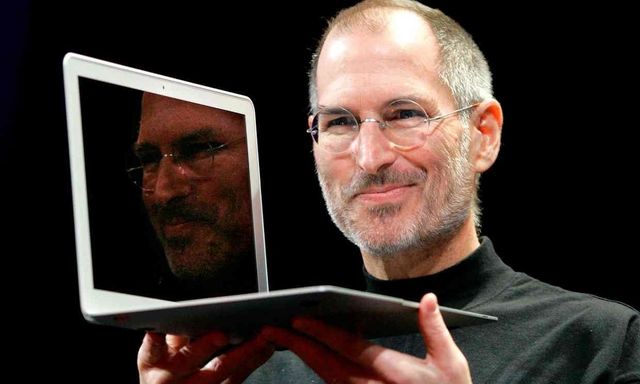In 2011, the innovator Steve Jobs died suddenly, and the world regrets it. Jobs created one miracle after another, and even his death is no exception.
Jobs suffered from pancreatic neuroendocrine tumors and died. He has been fighting cancer for 8 years and has almost created a miracle in the history of pancreatic cancer. During the treatment, Jobs decided on his own treatment plan, carefully selected targeted treatment based on his own cancer molecules, recorded and monitored his progress, recorded all key parameters after surgery and discussed with his doctor every day, his The wife sums up the issues that each expert treats.
At the same time, he became the twentieth of his tumor genes in the world. He obtained his own data files including the entire genetic code, so that doctors can be based on Jobs' specific gene composition and large The data is administered according to the desired effect and the medical plan is adjusted.
In the miracle of Jobs' pancreas treatment, big data is indispensable. In 1996, American computer expert Negroponte predicted in his book Digital Survival that the Internet would be the first to change sales, publishing, automotive and medical services. These prophecies, once seen as absurd, are slowly becoming reality, and everything around us is "digital."

Since 2009, the total global medical data has grown at an average annual rate of 48%. China is also welcoming the digital health era, and the government is taking the lead in promoting the development of digital health. The State Council actively promotes "Internet +" and develops Internet-based medical and health services. With the advantages of cloud computing's low cost and flexible expansion, and the power of computing, the medical industry is adding a precise drug – big data – to the Chinese medical history of 2,500 years.
Big data missing pain
What is big data? The real big data is to collect all the digital traces together, and find out all the relationships of these data. First, it can identify these traces. In addition, the relationship can be found out, unified and integrated, and finally analyzed. The fundamental value of big data and medical "marriage" is reflected in their commonality. When a patient visits a hospital, his data is only a basis for this diagnosis, and then he will be forgotten. When he comes to the same hospital next time, the last data does not provide any for this diagnosis. Based on the data, his data will not be compared with other patients' data to analyze the effect of the treatment.
At Harvard Medical School, doctors have tried to treat breast cancer patients through big data: systematically screen the medical records of breast cancer patients in the United States, and select the age, living environment, mutation genes, etc., which are the same or similar to specific patients, and finally select A treatment plan with the highest quality of life and quality of life is provided to the patient. This is an effective way for doctors to seek help from the "outside brain."
However, in China, the collection and management of data during clinical diagnosis and treatment is heavily dependent on manuals and the data format lacks standards. Taking cardiovascular diagnosis and treatment as an example, medical institutions with various cardiovascular diseases generally lack advanced information management and information mining systems, resulting in the embarrassing situation of only “clinical data†and lack of “high-quality data suitable for scientific researchâ€. The library did not form a strong data support for clinical research and quality management.
To make matters worse, the workflow data of different departments in the same hospital is not integrated and streamed. The clinical system relies on manual input by medical staff, repeated backups, and scattered in different information systems in the hospital. The lack of consistency increases the difficulty of modifying data sources. Manual data management also leads to high error rates and large amounts of repetitive work due to lack of data. The mining of professionals and methodologies has led to inefficient clinical research, waste of research funding and manpower.
All safety-conscious parents lookout for a solution that can track their child`s school bus location in real-time, and that`s where a School Bus GPS Tracking System comes in.
A real-time bus tracking system provides you the live GPS location of the school bus and tells you whether your child has boarded or de-boarded the bus or not, and at what time.
All this information can be accessed by parents from anywhere, be it their home or workplace.
That`s the whole beauty of a real-time tracking system!
Complete Safety and Security of Kids:
Transportation safety is the primary concern of parents.
The Best school bus tracking system allows school administrators to keep a tab on driver`s speed limits and provides an option to contact your drivers on duty. This gives peace of mind to parents in ensuring the safety and security of their kids.
Monitor assist system,Vehicle tracking system,,Vehicle remote monitoring system , Vehicle backup camera system,Vehicle driver monitoring system
SHENZHEN SANAN TECHNOLOGY CO.,LTD , https://www.sanan-cctv.com